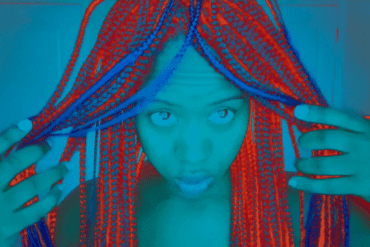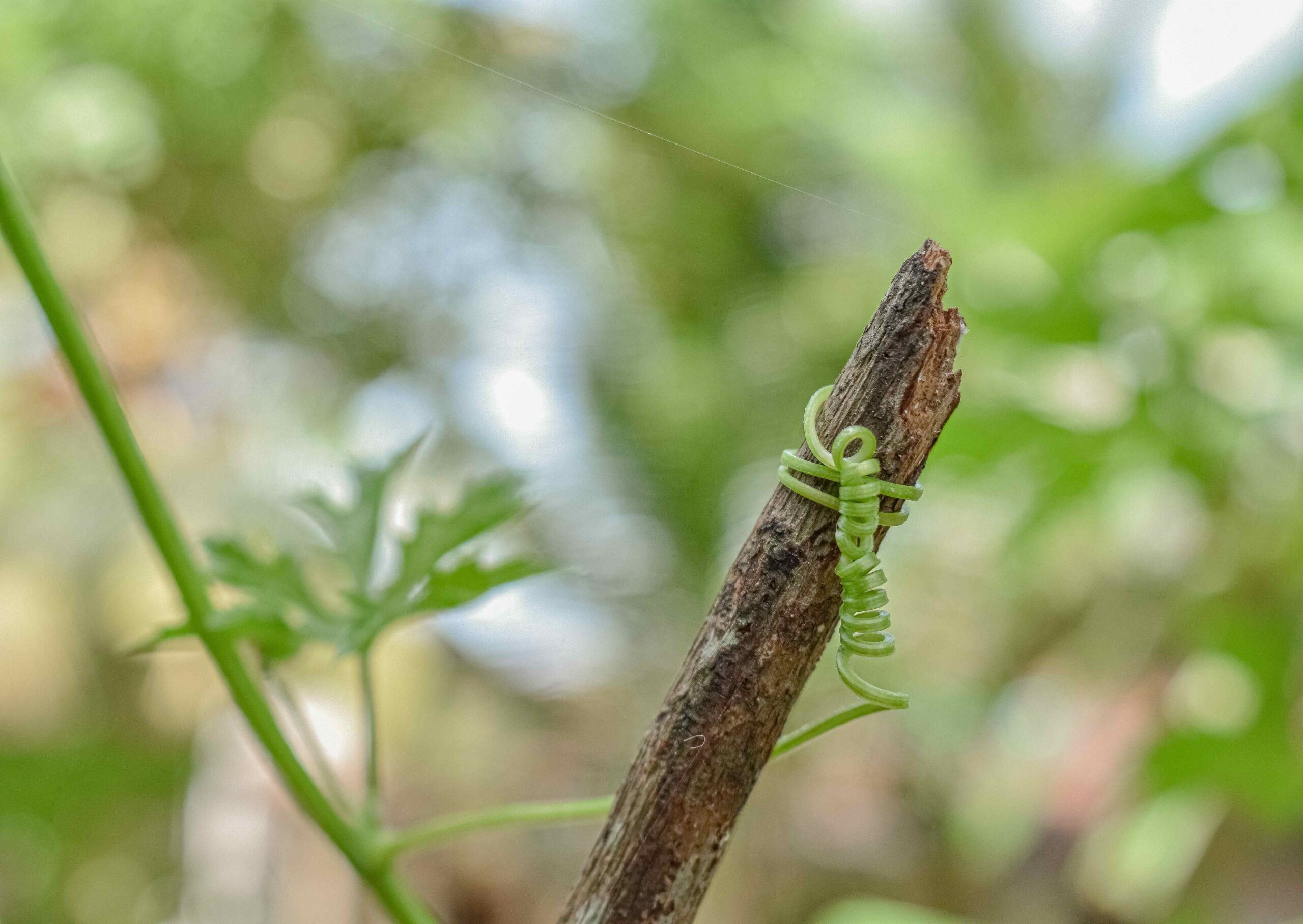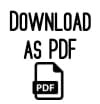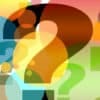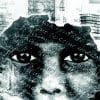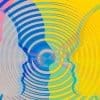New Podcast: How Can Collage Be Utilized in Autoethnography?

MARLEN HARRISON: Welcome everybody to The AutoEthnographer’s latest podcast. Today I am excited to be talking with Dr. Sandra Faulkner, Professor of Media and Communication at Bowling Green University in Ohio, and today she and I will be discussing collage. How do collage and autoethnography go together? Sandra is the author of a 2019 text Poetic Inquiry which will be a large part of what we’ll be discussing today when we talk about visual collage, textual collage, hybrid collage, so on and so forth. Sandra is also one of the founding members of the editorial board of The AutoEthnographer. Sandra, thank you so much for joining us today.
SANDRA FAULKNER: I’m delighted to be here. Thank you.
MH: Sandra, what do you mean by collage? Can you tell us more?
SF: Sure, so collage can be a form of visual poetry. It can be a form of textual poetry. What it means is that you’re juxtaposing existing elements into something new, so you’re taking pre-existing parts and arranging them. Collage poetry can include visual elements. You can juxtapose different texts like found poetry and cut up poetry and include different visual elements. The idea is that collage contains a mix of visual, audio, and textual components, and it’s great for when you want to create some kind of multi-dimensional work, and you know this can work well on the page. It can also work well 3-dimensionally. We could also think about incorporating elements of video as well.
MH: So, this is really genre busting? I mean, when I think about sitting down to craft something, I have my writer self. I have my poet self. I have my musician self and my art self, but I think what you’re saying is collage would invite me to put all those selves together.
SF: Absolutely, and I’m just going to read a quote by Marjorie Perloff who was talking about collage. Oh, and by the way I mean collage comes from the French word coller, which means to paste or glue. So, we can imagine physically doing that, but we also, you know, metaphorically can do that as well. And in poetic text we may see juxtapositions, or gluing together of different elements. But Perloff says:
Collage typically juxtaposes real items, pages torn from newspapers, color illustrations from picture books, letters of the alphabet, numbers, nails with painted or drawn images, so as to create a curiously contradictory pictorial surface. And each element has a kind of double function. It refers to an external reality even as its compositional thrust is to undercut the very referentiality it seems to assert.
MH: So, the pieces that are being assembled can be at once referential and iconic to what we know them as, but within the context of the collage they take on their own meaning.
SF: Absolutely
MH: So, where did this begin?
SF: (laughter) Oh well, I mean, there’s a long history, but I was…before we were talking today I was actually thinking about some of the Dadaists, so they actually had used this idea of collage as well. And so you know, one of the things that the Dadaists would do would be to, you know, use cutups. Like taking different words and sentences and elements from different places, and then use chance to put them together. And some of the argument was that, well, this would get it like you know, maybe collective unconsciousness. But that element of chance then would also create something new. I mean sometimes in some of my work I like to be a little bit more systematic, but I like this idea of chance.
MH: How interesting there’s something very kind of ritualistic about the process, a ceremonial crossing of a threshold. So where does this begin for you, Sandra? How did you get into the collage process?
SF: Great question. I mean, I had been, for 20 plus years, using poetry in my social science work. And I had started with poems about method, and poems about myself, and poems about participants. But then at some point as an ethnographer I realized, well, there are also other elements that I could include in here, right? So, I might have pictures. For instance, you know doing a project on family history and family recipes. Well, you know I’ve got some of these photos, right? Or you know, talking to participants well, I’ve got these photos from field work. What if I was able to include some of those in with the poetry?
And then the idea is, well, what can that do when you start to include that? And of course, you know, I’ve made arguments before that if you’re going to use poetry in your work, you have to understand something about the forms and, you know, appreciate it as a method, and so then, at first I thought, well, I’m not a photographer. I’m not a visual artist. But is there a way that even though I’m not that I would be able to include these?
What I started to do as well then was to look at a lot of collage work. So, it’s like, OK, well, who’s doing this and what do I find exciting about their work? And can I borrow some of those elements? And so, the great thing now is that you can, I mean, certainly anybody can use Photoshop. I mean, I find it a little clunky, but there’s all kinds of free programs that you can use that can help you to start to put them together. And I just started to play with image and text and I kind of liked what it was doing for the work.

MH: Can you tell us about one of your perhaps more meaningful or more memorable collages that you’ve created either earlier in your collage experience or recently?
SF: Yeah, I’ll talk about a project that I had done a few years ago on mothering and mother work. I had taken pages from a baby book that my mother had started for me but never finished. There was like, I don’t know, three months, six months in. I mean my mother had three kids at that point, and I’ve got a brother that’s 19 months younger. But I’d taken pages of that and I never created a baby book for my daughter. Like, even though I felt all this pressure like, well, good mothers would create baby books and they would, you know, have all these images and pictures. And all of, you know, this was their first word. So, I kind of was trying to queer that idea; I had pages from my mother’s baby book. I had ideas from the baby book I never created for my daughter. But then I also had taken pages from a pregnancy advice manual called What to Expect When You’re Expecting, which I actually have found to be, I know it’s very popular but I actually found it to be kind of paternalistic and heterosexist and, anyway, not very helpful.
So, I did some collage with these materials; I had taken some pages from the what to expect book and did an erasure poem which can be another form of collage. And so, I used crayons and markers, things that you might associate with childhood to erase parts of the text and then highlight other parts of the text. But, in addition to that, since it was a story of mothering, I had used some scraps of a felted sweater. So, I knit, right, I learned how to knit right from my mother; my grandmother had knit. And I had messed up a sweater. Like it accidentally got in the wash and then it shrunk and I thought, oh my goodness, and my grandmother had grown up during the depression and you were never supposed to waste anything. So, I had cut out pieces, used applique pins, and so I’ve made these, I think they’re kind of attractive collages that then kind of retold a different story of pregnancy and mothering. And I will tell you, I was kind of thrilled because one of them that was a little bit more family friendly, I had entered into the local County Fair and won, so I was like OK.
MH: Oh wow!
SF: So maybe the work is working visually because as I had mentioned before, I was like well I didn’t have any training as a visual artist. I certainly had training as a writer and an autoethnographer, and as a poet. And so I have six of those pieces, right? Again with the different methods that then kind of critique some of these ideas about what the pregnant body is supposed to be, what the mother is supposed to be. And I had also done some collage pieces with that baby. I had taken images, sonogram images of the baby in utero, maybe it’s really a fetus we could probably argue, but again, this might give some other people ideas, right? So, I was like I have these different kinds of visual elements, so I’ve got these kind of creepy, you know, I think they’re a little creepy, pictures which then I can juxtapose with some texts like Sarah Ahmed, right? So, I have some then some of the literature research, so it’s, you know, on being happy, right? And you’re supposed to be a happy person and produce a happy baby. And so I have some of that. Then with some of my poems, and so there’s some pieces that juxtapose some of those images of the sonograms with you know some of the literature, as well as some of my poetry.
“I love that collage is opening up the realm of possibility for what an autoethnographer considers evidence.”
MH: I am so excited. I have so many lightbulbs going off and wheels turning. So, we don’t need to compare collage to anything. It’s a meaningful process in itself, but I couldn’t help, Sandra, but thinking about scrapbooking. All of these people that are looking, are essentially this is hybrid collage with images and with words and with symbols and texture and color.
And then that made me think of like my social media page, for example, is very much collage. I’ve got images and video and audio and news clippings and photos and comments and it’s like this giant kind of collage and so that commentary that a social media page is almost like a form of collage and then your comment about entering the motherhood colleges into the into the local fair made me think about what is the significance of audience in the collage process? Because I am fairly certain I have created collage at various times in my life. Sometimes, I’ve done so within the context of a therapeutic setting. My background was a therapist and of course every good therapist has gone through therapy. Umm, and so I can see how collage can be a wonderful process for the creator, so, but on the other end, how important is the audience in in this process?
SF: That’s a terrific question, and when I’m initially creating the collage I might not be thinking about audio. But then when you think OK, what am I going to do with it? Am I going to put it in an article? Am I going to enter it in the County Fair? Am I going to try to get it published in a literary journal? Or you know? Or am I going to make postcards that I’m going to send to my family? I’ll get to that project in a moment, but…. So, I think that it is important to think about the audience. And the other thing is with the collage is aesthetics matter. So, when I’m doing the collage, I have to think what about the composition that’s working? Am I choosing the right colors here? Do I have enough images? What about the text and so on? I want the experience when someone is looking at the collage to find…and maybe when I say like aesthetically pleasing I mean maybe it’s gonna be not pleasing in a sense that oh this is a pretty picture or pretty–
MH: But that feels right for you. The creator, yes.
SF: And so, I do think about those elements. And you know there are many who like visual images in addition to some of the text. And so, I always ask myself questions like well, how is the text working with the visual elements and what is it that I want, you know, the audience to do, feel, or believe after they’ve looked at this. And so, I think audience does matter. I mean obviously as an artist, as an autoethnographer, as a poet you are interested in the process and there is a satisfaction in creation. But, isn’t there always some kind, and maybe the audience might be yourself? I think initially at first, maybe it’s the self, but then if I’m looking at it and I’ve had pieces that I don’t think have worked so I’ve not done anything, keeping them to myself. But, if there’s some pieces that you think oh, there might be something here and I want to put it out then you do have to consider where and how and why.
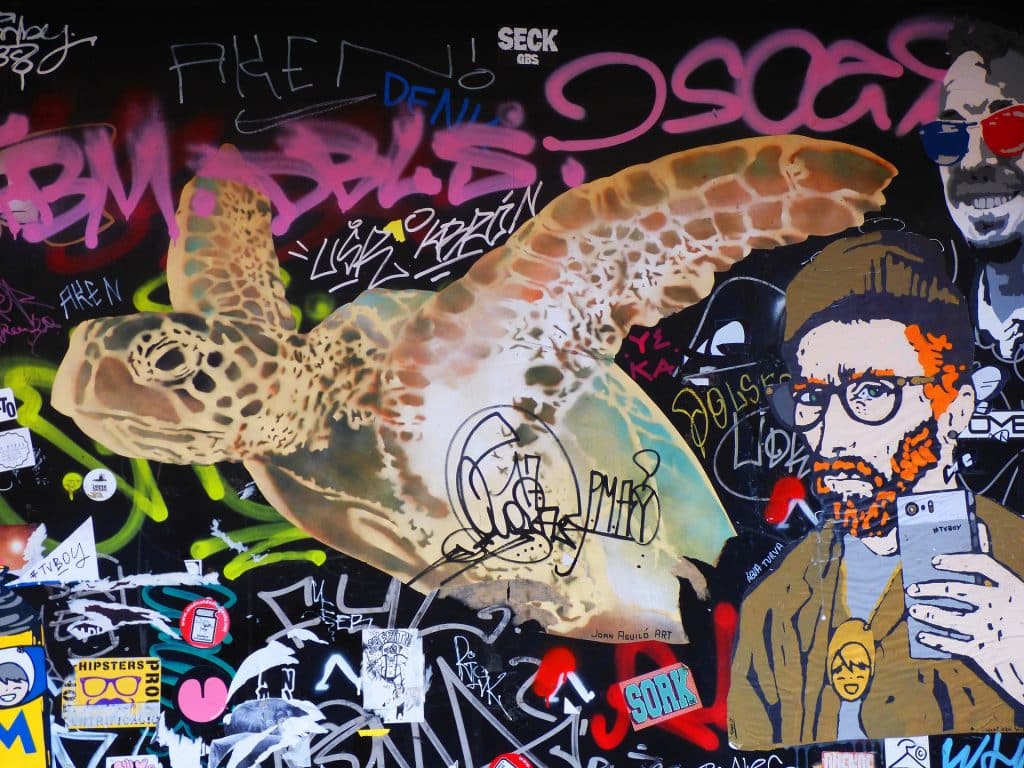
MH: So, where and how and why then would autoethnographers be interested in collage?
SF: I think it’s a great way to move things beyond just the text, and I found in my own work it was like wow, I could really be doing more than… it’s like pushing the limits of language, right? We talked about how language you know has its limits and it’s just you know, the referential and there’s these, you know, one kind of representation, and so I found that it actually brought a depth to my work that wasn’t there before. I also think, you know, as we tend to be visually oriented, we also tend to, as you had mentioned with Facebook, we tend to live kind of multimodal now, right with text and images and videos and photos. And so, I think it’s a way to kind of expand what we even think about data and what we think about you know what to include–
MH: I I love that. In teaching autoethnography, you know I, students will say, oh I’m doing autoethnography and I think, great. And how are you doing autoethnography? And so many younger, autoethnographers, younger meaning folks newer to the process, are a little bit stumped. What do you mean how? Well, what is the evidence? It can be visual. It can be audio. It can be textual. It can be all those things. It can be video. Yeah, so I love that collage is opening up the realm of possibility for what an autoethnographer considers evidence. I love that, Sandra.
SF: In some ways it’s kind of queering methodology.
MH: Yes, yes.
SF: I mean I had talked a lot about that. So, why can’t the pages of that baby book or the felted pieces of this ruined sweater which now have new, you know, new purpose, why can’t that be part of the project and have meaning, right? Because you know what’s included in those scraps were like stories from my grandmother and that I could actually feel crafting with her and you know, knitting with her. And you know, wearing sweaters that my mother had made for me. And all of that was in this project of talking about mother work, right across 3 generations, so why wouldn’t that be part of the project? And it presents something in ways that just prose or text alone can’t.

MH: Are there any tools or resources you might recommend for folks who are wanting to get started or even just simply what might be the best way for us to begin if we’re interested in in this process. How might even you recommend we just get started?
SF: Well, first of all, I think reading widely or looking at, you know other examples that are kind of exciting to you are helpful. Secondly, just asking yourself well, what do I have that’s related to the project I’m working on beyond just the literature or the text, and then you might be surprised. Oh, I’ve got these photos or maybe you’re somebody who doodles so maybe or you know, creates, you know. Maybe you draw comics so maybe that could be part of the work. So, thinking about the different ways that you come to understand and know things and that includes you know, the idea of embodiment too, so maybe you…
MH: And does your book, Poetic Inquiry, does it discuss some of these tools?
SF: Yes, absolutely. And I’ve got useful exercises in there for you as well!
MH: Yay for the useful exercises. Yes, I swear this did not begin as a plug for Sandra’s book, but it is very quickly, I’m realizing that it is probably a great place to begin because we get the benefit of your experience working with collage as someone who’s a creator as well as an academic and on the teacher side who can kind of tell us about this process. In addition to your texts, Sandra, are there any other texts or authors that you recommend we maybe explore?
SF: I know that Jessica Smart Gullion, who’s also on the board, has some work on collage that would be helpful.
MH: Oh wow. OK so folks. Check out Jessica Smartt Gullion’s work. Earlier you had read to us a quote by by a researcher
SF: Marjorie Perloff. Oh you might want to check out poets.org. It’s also a place where you could find some examples of collage work. And one thing that I want to mention that we didn’t talk about is that I think that collage work is really fun to do collaboratively, so I think it’s great for collaborative work, and especially if the collaborators have some different strengths, so maybe someone’s more visually oriented. Maybe someone’s more textually oriented.
MH: Wow, well, you know I would love for you to teach a workshop on this. The AutoEthnographer is kicking off our summer workshop series in 2023, so perhaps, Sandra, we will learn a little more and you can guide us through our own collage projects as autoethnographers. Thank you so much for chatting with us today.
SF: Thank you.
MH: Have a wonderful day and we look forward to reading your posts at The AutoEthnographer.
SF: Thank you so much.
MH: Have a great day.
Collage of photos and notes by Polina for Pexels;
Graffiti art by Marc Pascual from Pixabay;
Black and white collage by Ana from Pixabay;




